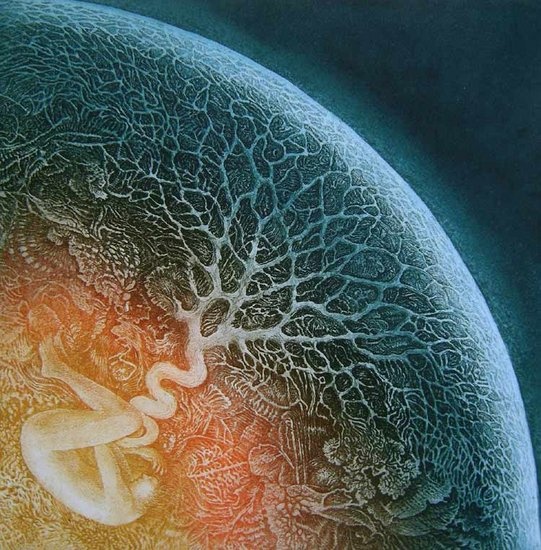Here's the text of my Easter 2017 sermon on Matthew 28.1-10. I'm trying to honestly make some kind of sense of the Resurrection for real life, here and now. And I don't want to fall into banal cliches, hackneyed phrases, and worn out dogmas that assume we can just repeat "Christ is Risen" and feel in any real way that we've engaged honestly with the ancient religious truth proclaimed at Easter, the modern world as we've come to know it, and a spirituality that helps us flourish in these challenging times.
Matthew’s account of the Resurrection is not history as we understand it. It doesn’t pretend to report the facts; but it does intend to proclaim the truth. There can be a world of difference between the two. Too often we focus on the facts and ignore the truth.
Here’s what I mean—
Matthew tells us that on Easter morning, two of Jesus’ followers, both women, came to the place where—just thirty-six hours earlier—the authorities had placed the body of Jesus in a burial chamber carved out of a rocky hillside; they’d rolled a heavy stone in front of the mouth of the cave to protect it against predatory animals and anyone who might desecrate the body. A burial like this was customary for the Jews. It was also customary for mourners to come on the morning after the sabbath to grieve. It was the morning after the sabbath; the women had come to grieve.
The other four Gospels—Mark, Luke, and John—all report that when the first visitors came that morning, the grave was already open, the stone covering its entrance, rolled away. But Matthew has a counter-testimony; in Matthew’s record, the tomb is still sealed when they arrive. Which is it—open or closed? The facts reported don’t jive. The truth is, ancient writers told their stories in particular and sometimes peculiar ways in order to bring out certain truths, even when their telling of the facts didn’t line up with other reports. Truth for them was more important that fact.
So why does Matthew tell us the tomb was shut when the other witness—Mark, Luke, and John—tell us it was open? I think it’s because Matthew has a particular truth to tell. Matthew wants us to know that the Resurrection isn’t something you observe passively; it’s something you participate in actively, something you experience.
When the women came to the tomb that first Easter, they experienced the power of life. “Suddenly,” Matthew says, “there was a great earthquake; for an angel of the Lord, descending from heaven, came and rolled back the stone and sat on it. His appearance was like lightening.”
You can’t stand in the midst of a great earthquake and not feel it; you can’t see lightening and not be awed by it.
Matthew wants us to know that the truth of the Resurrection is something you’ve got to feel, an awe that’s got to move you.
For many years, I thought of the Resurrection as something to be believed, an idea I had to accept based on the testimony of others, no matter how difficult it might be to wrap my mind around the physics of the Resurrection.
More recently, I’ve come to know the power of Resurrection as something to be felt, experienced more than it is to be believed. Beyond ideas about the physics of this Resurrection; beyond debates about whether it was a bodily or spiritual resurrection; beyond all the musings I’ve done north-of-the-neck in my intellect is this awareness, this deep knowing of what Jesus teaches in the Gospel of John: “Unless a grain of wheat falls into the earth and dies, it remains a single grain; but if it dies, it bears much fruit.”
Jesus understood seeds and soil; he knew the way nature works. He’d experienced the way life is always rising up, the way the indomitable force of life is woven into the very fabric of nature, the way life and death are partners in the ongoing creativity of the cosmos—from seeds to stars, life and death dance in the ongoing creative movement of the universe; you can’t have one without the other; you can’t have life without death; you can’t have death without life; they go hand in hand. That’s the way nature works.
And it’s not that life always wins. It’s not that life defeats death as if death’s an enemy. Of course, I know Saint Paul says that “the last enemy to be destroyed is death” (1 Corinthians 15.26). But I think Paul would agree with me here; I think he’d acknowledge the teaching of Jesus that the seed must die in order to bear fruit, that the seed’s death is not the enemy of life, but is its creative partner in the dynamic dance of creation. I think Paul knew that the true enemy is our fear of death. Jesus and the Resurrection don’t do away with death as much as they make it clear that death is always swallowed up by life (Paul says that too, by the way).
It’s not that life always wins; the truth is, life always comes. Life always comes like the day comes after the night, like spring comes after winter, like the crocus comes . . . the rose . . . the robin.
To experience the Resurrection is to sense the shimmering of the Presence of Life that comes, no matter how dark, desperate, or deadly things seem. To experience the Resurrection is to experience a way of knowing that’s not rational, but it's not irrational either; it’s transrational—something ideas alone can’t touch; a truth, a wisdom, an intuitive knowing that’s better suited for the way our bodies know things our brains are often too slow to discover—like love . . . we know we’re in love before our minds know how to make sense of what our bodies feel.
This kind of inner knowing came to Pierre Teilard de Chardin in 1914, just as Europe was descending into a storm of horror and violence. Teilard was French, a Jesuit priest, a world-renown scientist. In 1914, he agonized over the insane ideas and propaganda that were plunging the world into a catastrophic war. But as a Jesuit, as familiar with scripture as he was with geology, he heard the voice of Christ that Easter speaking from this text from Matthew; he heard Christ say to him, “Do not be afraid; you will see Me.”
The words came directly from scripture, but the voice he heard came from a deeper place—a place within him. And yet, it also came from something still deeper than himself; it rose up from the depths as if from the opened tomb of the earth itself—a tomb that became a womb . . . of life. He sensed the earth beneath him moving, as if in labor . . . the blessed birthing-dance of life.
Teilard was a scientist; he knew “rational”, and this wasn’t rational, but it wasn’t irrational either; it was transrational . . . an intuitive knowing, rising up from the body of the earth, up though his own body, up and finally into his consciousness, into his rational mind. He experienced the divine Presence, not as something out there—a God above us who would rescue us from the earth and take us somewhere else—but one who was present here and now, among us, drawing us and all things out of what was once a tomb, but now a womb of life.
Two years later, Easter 1916, Teilhard was at Dunkirk—a desperate, bloody, ugly, death-haunted place. As a priest he served as a stretcher bearer for the wounded and dying. As he lifted the broken bodies and felt the earth rock and shake from the shelling, you’d think he would have fallen sick with fear and despair. Instead, he tells us that he sensed the Presence of Christ in all things—even there, maybe especially there where suffering and death threatened to overwhelm the human soul.
We too can sense life dancing in all things; we too can come to know the earth as a womb, not a tomb, after all.
From the trenches of Dunkirk, he wrote a small book he later titled, The Prayer of the Universe. In prayer, he reached through the death and despair all around him and found instead the Pulse of eternity there in the midst of raw mortality. He beheld the shimmering of divine Light not out and up in some sky-god, or away from the earth in a heavenly dwelling place. But down here, in the earth, among us, even in one of earth’s most desperate places.
We too can sense life dancing in all things; we too can come to know the earth as a womb, not a tomb, after all.
In the midst of the chaos and carnage of Dunkirk, he prayed the most remarkable words: “I love you, Lord Jesus. You are as gentle as the human heart, as fiery as the forces of nature, as intimate as life itself; I love you as this world which has captivated my heart.”
“I love you as this world which has captivated my heart.”
This was no irrational belief in something unnatural. It was the transrational, intuitive experience of the Pulse of Life always dancing, even— maybe especially—in the presence of death.
Life always comes. And it comes from death just as day comes from night, and spring comes from winter; just as the crocus, rose, and robin signal the cycle of new birth.
Death isn’t the real problem; the real problem is our fear, our misunderstanding of death. Our fear paralyzes us, our misunderstanding keeps us from embracing life in all its grit and glory.
And unless we embrace life—grit and glory—we’ll never truly live.
To live the Resurrection is to fall in love with the gift of life we’ve been given.
To live the Resurrection is to chase the shimmer of the divine light that’s shining right now, like lightening, all around us.
To live the Resurrection is to experience the divine dance of life and death, and feel the power in the earth beneath us—
a womb . . . not a tomb . . . after all.


